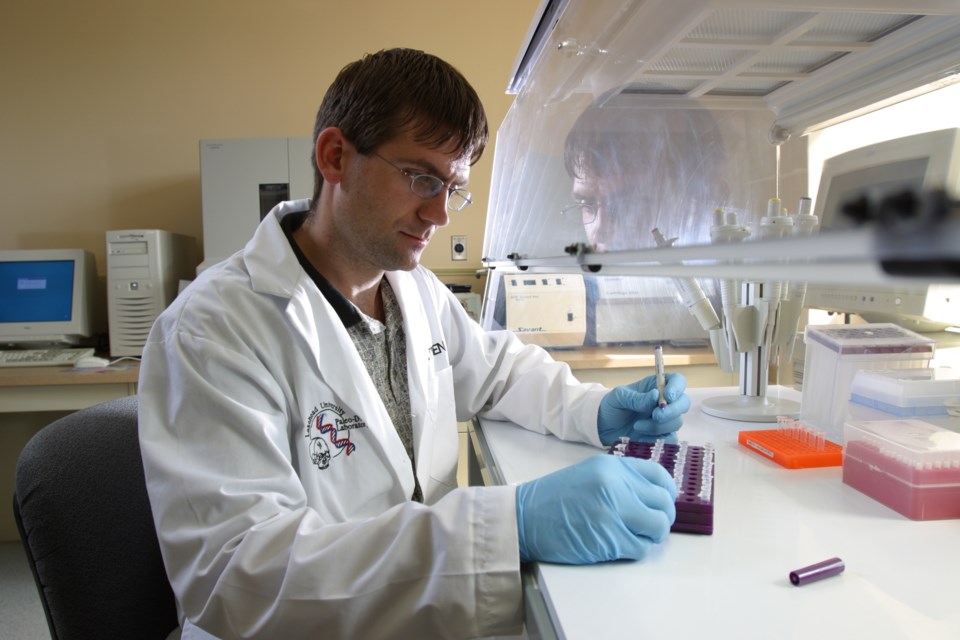THUNDER BAY —The gruesome slaying of two children in Vancouver has drawn Lakehead University's Paleo-DNA laboratory into a cold case dating back more than seven decades.
It's known as the Babes in the Woods because it involves the deaths of two boys, aged seven and eight.
Their skeletal remains were found in Stanley Park in 1953, covered by a woman's fur coat.
The children had been bludgeoned to death with a hatchet that was located nearby.
Police also found a picnic basket filled with petrified food.
It's believed the boys were killed in the late 1940s, but remained undiscovered for several years until a groundskeeper spotted them hidden beneath thick brush.
Vancouver police now hope DNA can help solve the case.
The Lakehead University lab is working with U.S.-based Redgrave Research Forensic Services to try to identify the children.
The team at Lakehead has already successfully extracted DNA from the children's bones.
Stephen Fratpietro, the lab's technical manager, recently sent the samples for whole genome sequencing, which will allow Redgrave to compare the genealogical data with public DNA databases such as GEDmatch and FamilyTreeDNA.
They'll look to find matching samples that may have been submitted by living relatives of the boys who submitted their own DNA to the companies to learn about their ancestry.
Redgrave is the same company which last year helped solve the murder of Christine Jessop, the 9-year-old Toronto girl raped and killed in 1984.
Fratpietro said he hopes his work can help identify the boys and eventually determine who killed them.
"Knowing that we contributed to any finding would feel great. We definitely have the capability to do something like that at Lakehead," he said.
Numerous labs can extract DNA, but Fratpietro explained that it takes specific knowledge and the proper facilities to work with ancient or degraded material that's already been heavily handled, such as in the Babes in the Woods case.
"Lakehead's DNA lab was initially created on the premise of being able to acquire DNA from degraded material. Over the years we have optimized our methods to become very successful at this," he said.
This is the second mystery the lab has been asked to investigate this year.
In early May, it was announced that Fratpietro had helped identify the remains of Warrant Officer John Gregory, an engineer aboard HMS Erebus, the first member of the ill-fated Franklin expedition in 1845 to be positively traced through DNA.
The results matched a DNA sample obtained from one of Gregory's direct descendents.
